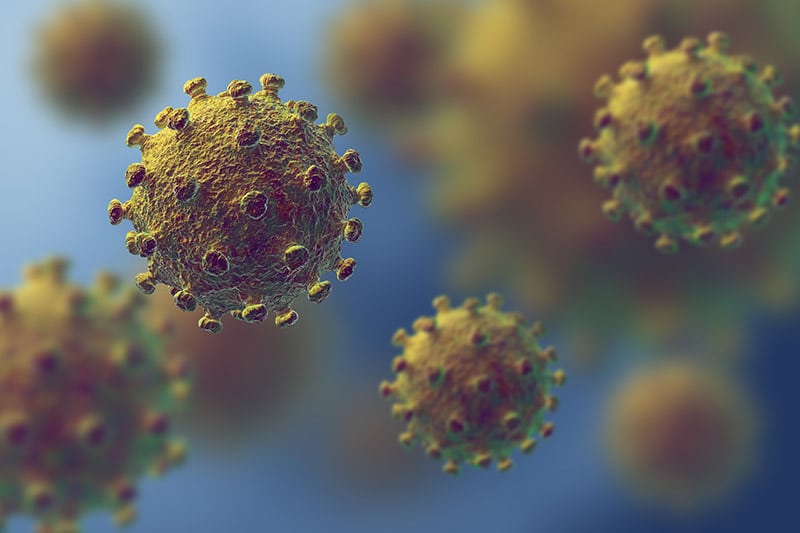During a public health emergency such as COVID-19, many people may feel like they are scrambling to keep up with the rapidly developing news. That’s why understanding the terms used in the media and throughout your community is vital. Be in the know — with reliable information you can understand, you can better prepare and protect yourself and your loved ones.
Common COVID-19 Terms, Defined
Asymptomatic [ā-ˌsim(p)-tə-ˈma-tik] (adj.) A person who shows no symptoms of a disease, such as COVID-19, but this does not necessarily mean they are not carrying the virus.
Coronavirus [kə-ˈrō-nə-ˌvī-rəs] (n.) Although COVID-19 may sometimes simply be referred to as coronavirus, the term actually refers to a large family of viruses. Middle East Respiratory Syndrome (MERS) and Severe Acute Respiratory Syndrome (SARS) are both types of coronavirus. The crown-like appearance of the virus on the surface is how it earned its name — “corona” in coronavirus means “crown” in Latin.
Community spread [kə-ˈmyü-nə-tē ˈspred] (n.) The virus is spreading in the community, and people who test positive may not know how they become infected.
Novel coronavirus [ˈnä-vəl kə-ˈrō-nə-ˌvī-rəs] (n.) Novel, which means “new,” indicates the type of coronavirus has never before been identified or seen in humans.
Discretionary travel [di-ˈskre-shə-ˌner-ē ˈtra-vəl] (n.) The National Household Travel Survey defines discretionary travel as any travel — including to shop, eat, or visit family — to places that are not at fixed locations or at scheduled times, such as school and work.
Pandemic [pan-ˈde-mik] (n.) The World Health Organization defines a pandemic as a disease that has spread around the world.
Self-isolation [self-ˌī-sə-ˈlā-shən] (n.) If you are sick, you may be asked to self-isolate to protect others. This includes:
- Staying at home and only leaving for medical care
- Isolating yourself from others who live in your home by confining yourself to a single room and using a separate bathroom, if possible
- Avoiding public transportation, including taxis and ride-share services
Self-quarantine [self-ˈkwȯr-ən-ˌtēn] (v.) Self-quarantines are used to protect people who are not sick from those who are sick or to prevent someone who has been exposed to the virus from spreading it to others while asymptomatic. If you are asked to self-quarantine, follow the same protocol as if you were self-isolating.
Shelter in place [ˈshel-tər ən ˈplās] (n.) If ordered to shelter in place, you must take shelter and stay there until told otherwise by officials. Depending on specific guidance given by your community leaders, sheltering in place may mean staying at home unless you need to seek medical care, buy groceries or necessary supplies, exercise, or care for a loved one.
Social distancing [ˈsō-shəl ˈdi-stən(t)s] (v.) To practice social distancing, you should:
- Avoid social gatherings
- Keep at least 6 feet of distance between yourself and others at all times
- Refrain from going to public places, such as restaurants, bars, and shopping malls, among others
- Not travel unless necessary, such as for medical care or family emergencies
- Not visit facilities where vulnerable populations are being cared for, such as hospitals (unless to seek medical care) and nursing homes
- Work or attend school from home, if possible
Symptomatic [sim(p)-tə-ˈma-tik] (adj.) A person is showing symptoms of COVID-19, such as fever, cough, or shortness of breath.
Learn more about medications and home remedies to treat symptoms of COVID-19.

